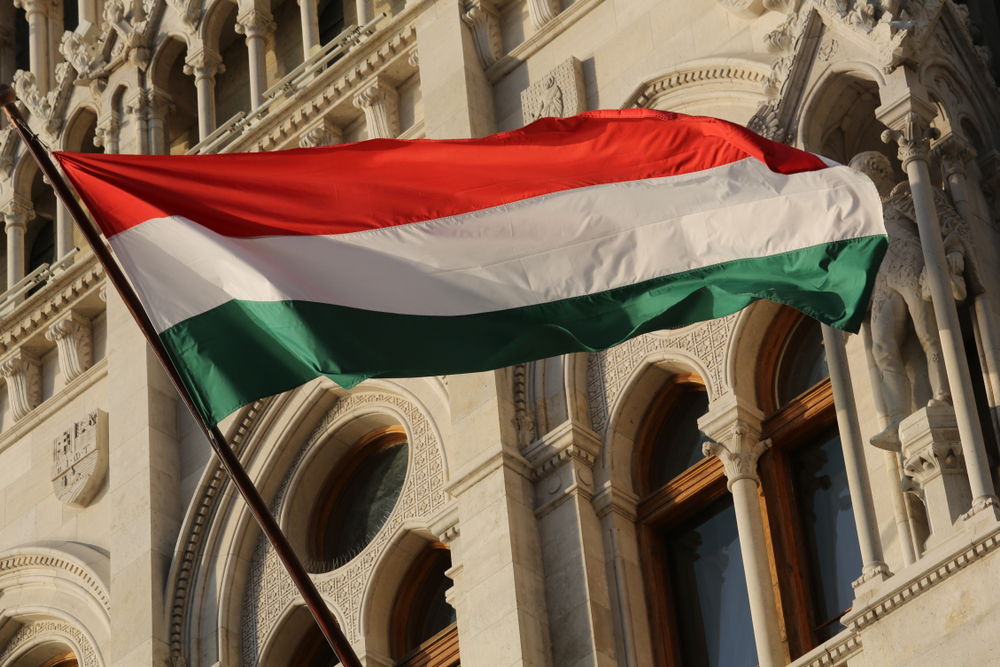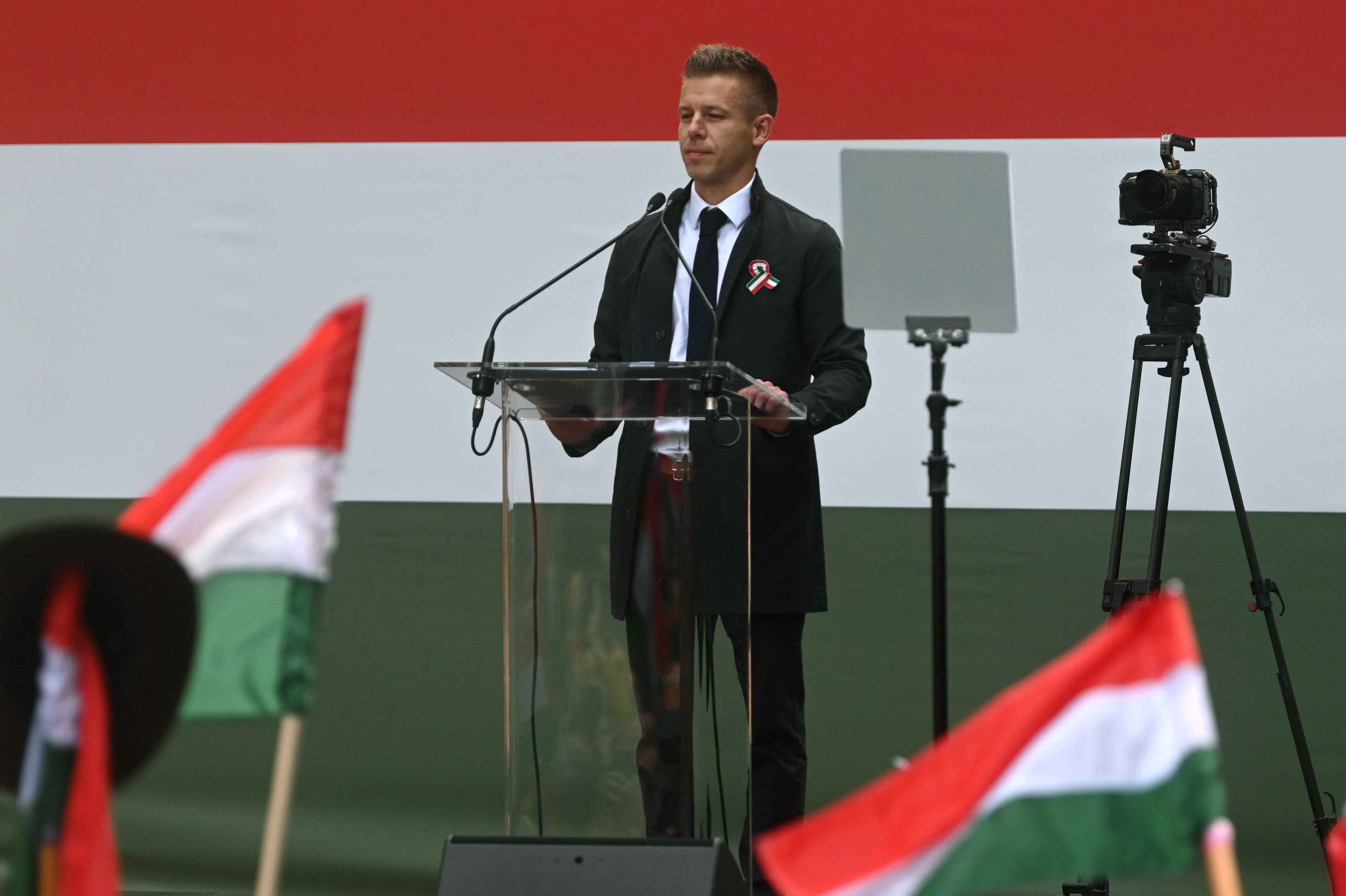Key things to look out for on election day

Image by lonndubh / Shutterstock.com
On Sunday, April 3, millions of Hungarians will go to their local polling station to vote for the political party or alliance they want to see leading the country in the next four years. Here are a few key things to look out for on election day.
What do the polls say?
The polls published this week all show the governing Fidesz-Christian Democratic People’s Party (KDNP) alliance in the lead, but the gap between the incumbent government and the United for Hungary opposition alliance varies wildly, depending on the pollster.
According to the latest study by Republikon, the popularity of Fidesz-KDNP stands at 41% among the voting-age population, while that of the opposition alliance amounts to 39%. About 16% of respondents said that they are still undecided.
A poll by Publicus published today also showed a narrow, two percentage point lead for the incumbent parties among eligible voters. Some 35% of respondents said they would vote for Fidesz-KDNP, while the support for United for Hungary stood at 33%. Remarkably, Publicus found that the proportion of undecided voters is 28%.
Idea Institute also published a survey at the end of March showing a two percentage point lead for the governing alliance headed by Prime Minister Viktor Orbán. According to the poll, 41% of eligible voters support Fidesz-KDNP, while 39% support United for Hungary. Some 6% of respondents said they do not know who they would vote for, 5% did not wish to share their party preference, and 3% said they would stay at home on Sunday.
The latest poll by Závecz Research showed a lead of three percentage points for Fidesz-KDNP, with 39% of the voting-age population in support, slightly above that for United for Hungary (36%). About 19% of respondents declared that they had no preferred party list.
The pollster measuring the most significant lead for Orbán among eligible voters was Medián. According to its research, 40% of the voting-age population would vote for Fidesz-KDNP, and only 32% would back the opposition alliance. Some 20% of eligible voters told Medián that they were undecided or did not wish to share their party preference.
Two pollsters measured party support among active voters. According to the latest poll by Nézőpont, 47% of active voters support Fidesz-KDNP, while 42% support United for Hungary.
A poll conducted by Századvég, measuring party support among those who will certainly or likely vote, also showed a five percentage point gap between the two blocs. Some 49% of respondents said they support Fidesz-KDNP, while United for Hungary enjoyed the backing of 44% of the surveyed.
It is important to note that these polls are conducted across the country and measure support for party lists, not individual MPs in local constituency races. Only 93 of the 199 MPs in the national assembly are voted in via party lists; the remaining 106 MPs are representatives of individual constituencies.
Turnout matters
In 2018, 70.22% of eligible voters living in Hungary participated in the election process, just below the record level of 70.5% registered in 2002. The turnout in Budapest, where the support for United for Hungary is highest, was well above the countrywide average four years ago, exceeding 75% in 10 individual constituencies in the city. However, even that high turnout in Budapest was not enough to prevent Fidesz-KDNP from getting a 2/3 supermajority in the Parliament in 2018 due to the fragmentation of the opposition.
This year, a poll published by Medián showed that a whopping 85% of eligible voters in the capital showed a willingness to participate in Sunday’s election index.hu reported. About 43% of respondents said they support United for Hungary, with the backing of the incumbent governing parties standing at only 29%. Interestingly, 6% of those surveyed indicated they support the “joke” Two-Tailed Dog Party. Approximately 19% said they were unwilling to share their party preference or did not want to participate.
Whether the high turnout prediction materializes into votes remains to be seen, but a higher turnout in Budapest compared to 2018 could be a positive sign for the opposition. However, if turnout in Budapest fails to exceed the national average significantly, and voters in small countryside towns, where the government enjoys the highest support, turn out at a higher rate than four years ago, it could be a positive indicator for Fidesz-KDNP.
Battle for Budapest and Márki-Zay vs. Lázár
In 2018, Fidesz-KDNP managed to win six constituencies in Budapest against a fragmented opposition, although none of their winning MPs managed to get a higher vote share than 43%. This year, the United for Hungary alliance, which has attempted to maximize its chances of success by nominating only one common candidate in each constituency, rather than one for each of the six member parties, has a theoretical chance to sweep all constituencies in Budapest. That would mean that they could benefit from the “surplus booster” mechanism of the Hungarian election system, as explained here.
Another intriguing battle to watch will be between United for Hungary candidate for PM Péter Márki-Zay and Fidesz heavyweight and former Minister of the Prime Minister’s Office János Lázár. Both candidates are running for control of Csongrád-Csanád County’s 4th electoral district. However, unlike in the case of their Budapest candidates, Lázár enjoyed the support of more than half (51.78%) of voters in 2018. This battle is crucial to Lázár as he is not on the party list of Fidesz-KDNP, meaning that winning his constituency is his only path to a seat in the Parliament. While for Márki-Zay, this might be a prestige fight, he is candidate number one on the united opposition’s party list. If, as seems all but certain, the alliance breaks the threshold for entering Parliament, he is guaranteed a seat.
Don't forget to check back tomorrow for our coverage of the 2022 Hungarian parliamentary election!
SUPPORT THE BUDAPEST BUSINESS JOURNAL
Producing journalism that is worthy of the name is a costly business. For 27 years, the publishers, editors and reporters of the Budapest Business Journal have striven to bring you business news that works, information that you can trust, that is factual, accurate and presented without fear or favor.
Newspaper organizations across the globe have struggled to find a business model that allows them to continue to excel, without compromising their ability to perform. Most recently, some have experimented with the idea of involving their most important stakeholders, their readers.
We would like to offer that same opportunity to our readers. We would like to invite you to help us deliver the quality business journalism you require. Hit our Support the BBJ button and you can choose the how much and how often you send us your contributions.








